Warming up is a practice we are all used to from an early age - fun and games as a pre-schooler to running laps of the gym hall at P.E. The rudimentary benefits of ‘getting the blood pumping’ or ‘heating up the muscles’ may be familiar but are lacking in substance. This article from Master Trainer David Howatson aims to add some meaning to the warm-up along with some tips to freshen up old routines
Why warm up
The purpose of a warm-up is to prepare for the activity ahead, open the path to optimal performance and to prevent injury. This involves laying the physical and mental groundwork for the task ahead. Those preparatory stages should be measured just as strictly as the rest of the training session. There are some simple ways to gauge if our body is ready for the work ahead:
- Heart Rate
- Borg Scale (perceived rate of exertion or RPE)
- Mobility, flexibility, and movement tests
Each of these methods are clearly quantifiable and a safe means of calculating if we are ready for the task. Using a combination of measurements is the best way to ensure a participant is ready to row. Have they hit the correct heart rate zone? Do they consistently reach the marker in the jump test? Without computation we’d be guessing. Having those processes in place means the body can perform optimally and the chances of injury are reduced.
Main considerations
There are many factors to consider in a rowing warm-up, especially in high-end performance where close attention to the minutia makes the difference. That potentially lengthy list can be broken down into some bigger principles to stick by:
Make it Specific: A quick check online will throw up an innumerable volume of ‘Ultimate Five-Minute Warm-Up’ videos which will ‘get the blood pumping’. However, these generic workouts are not specific enough when we look to prepare the body to row. Today the phrase warm-up is often replaced with the concept of Movement Preparation. Priming for the activity ahead means that our movements in the warm-up should be specific to the actions our body will go through during the main session. These movements should be carried out with things like direction of travel, co-ordination, intensity, and force needed for the main task all taken into consideration.
Make it Dynamic: it is now generally accepted that the warm-up should be dominated by dynamic movement. Whilst there is a place for static stretching (during a cool down for example) we know that working with bigger movements and with tempo is a more effective way to prepare.
Make it Mental: getting into the zone mentally is just as important as being physically prepared to train or to compete. Those who compete will know that the actual event is the fun part. The mounting pressure at the start line and months of gruelling training is where the true test lies. Having a good coach and being part of a supportive team can provide the necessary mental scaffolding. With or without that support, take time during the warm-up to visualise the task ahead, get in touch with your breathing pattern to help you stay relaxed.
Example activities
Movements which will complement rowing are usually the most obvious and the simplest. Building a warm-up around fundamental movements such as squats, hip hinging, pulling, pushing and dynamic core exercises is a sound strategy. Using tools like a kettlebell to swing and get the hip hinge in there or light deadlifts to work on extension of the body will suit the action of rowing. An exhaustive list of warm-up exercises would take up a few thousand pages but below are some go-to movements which will hit those fundamentals.
Non-equipment exercises:
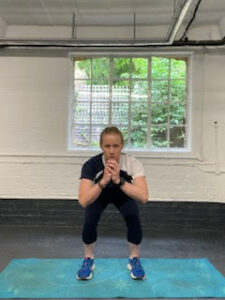
SQUAT JUMP
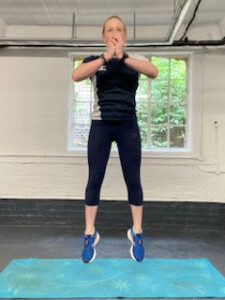
SQUAT JUMP
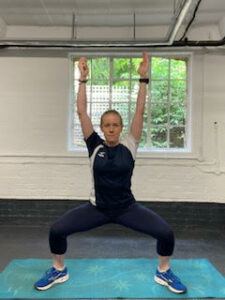
SUMO SQUAT WITH ARMS OVERHEAD
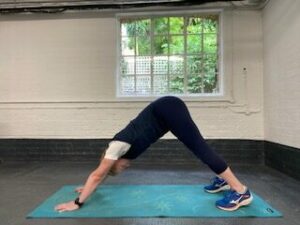
DOWN DOG

COBRA
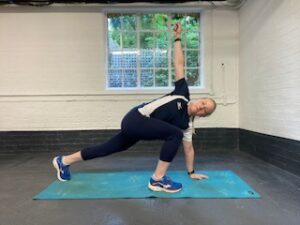
RUNNER'S LUNGE WITH TWIST
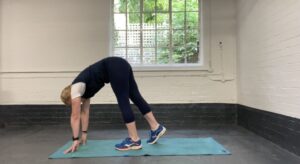
INCHWORM
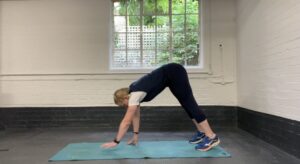
INCHWORM
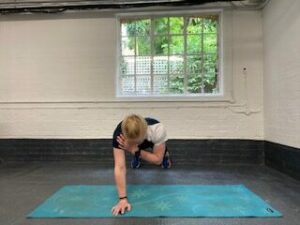
PLANK WITH SHOULDER TAP
Equipment-based exercises:
Lastly make best use of your time on the indoor rowing machine during the warm-up phase. Use it as the time to mentally focus, to establish a breathing pattern and perform at a light intensity to reinforce technique in each element of the stroke.
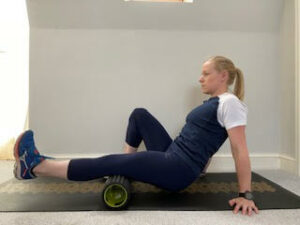
FOAM ROLLING
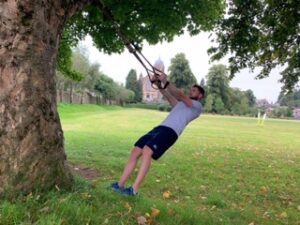
TRX ROW

TRX ROW
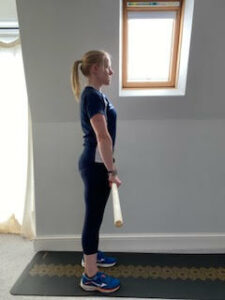
DEADLIFT
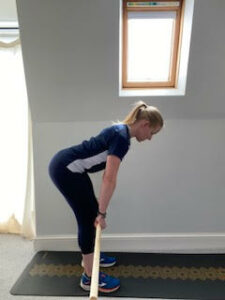
DEADLIFT
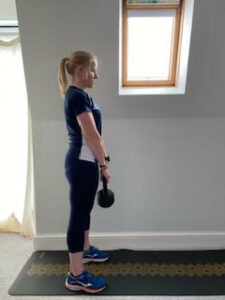
KETTLEBELL SWING
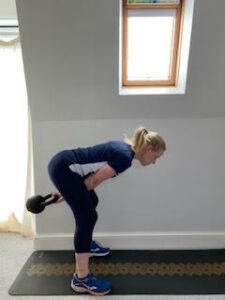
KETTLEBELL SWING
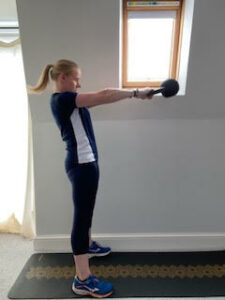
KETTLEBELL SWING
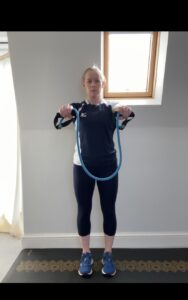
BANDED FLY
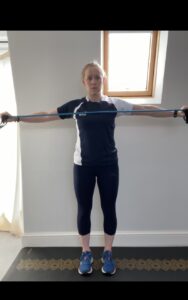
BANDED FLY
